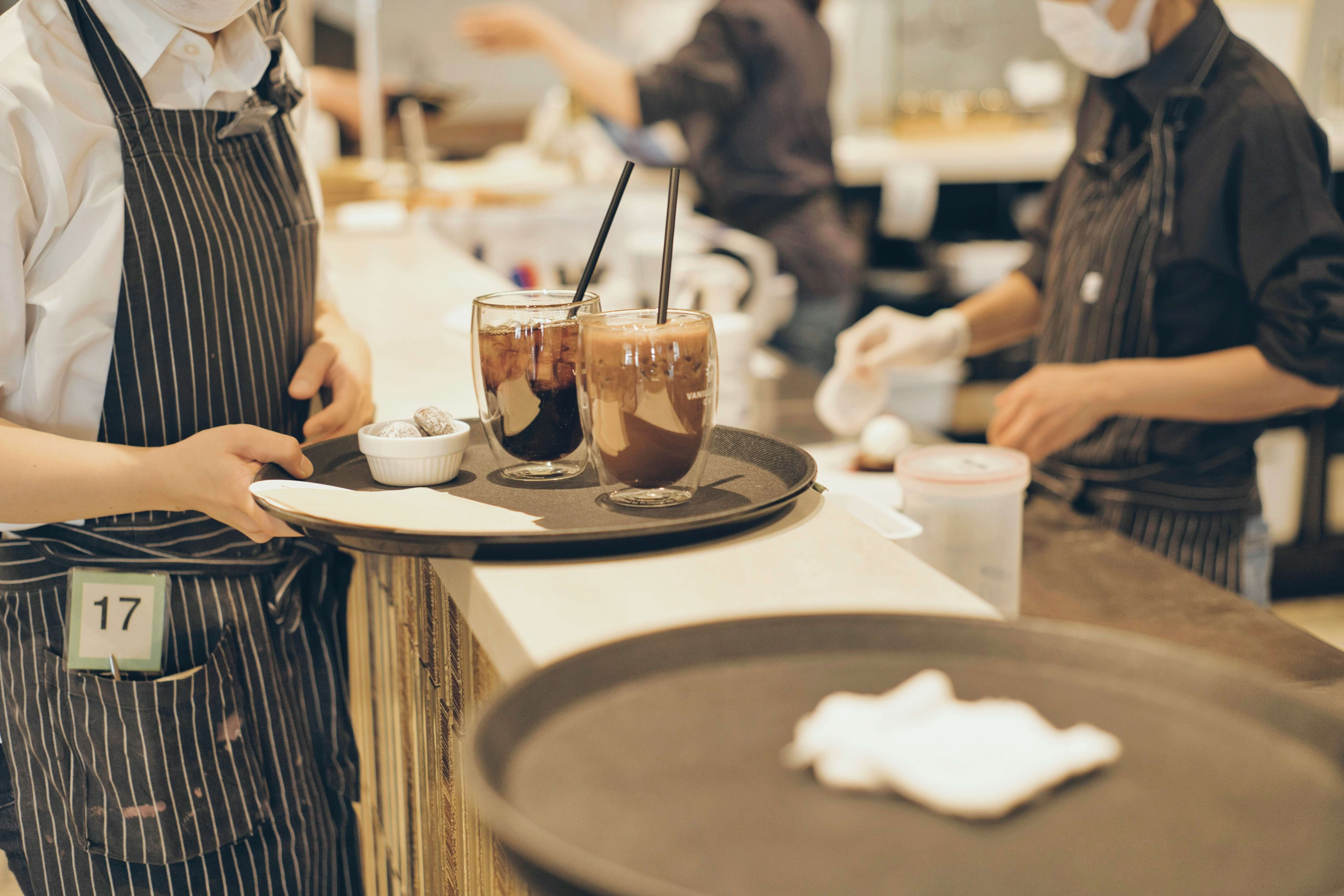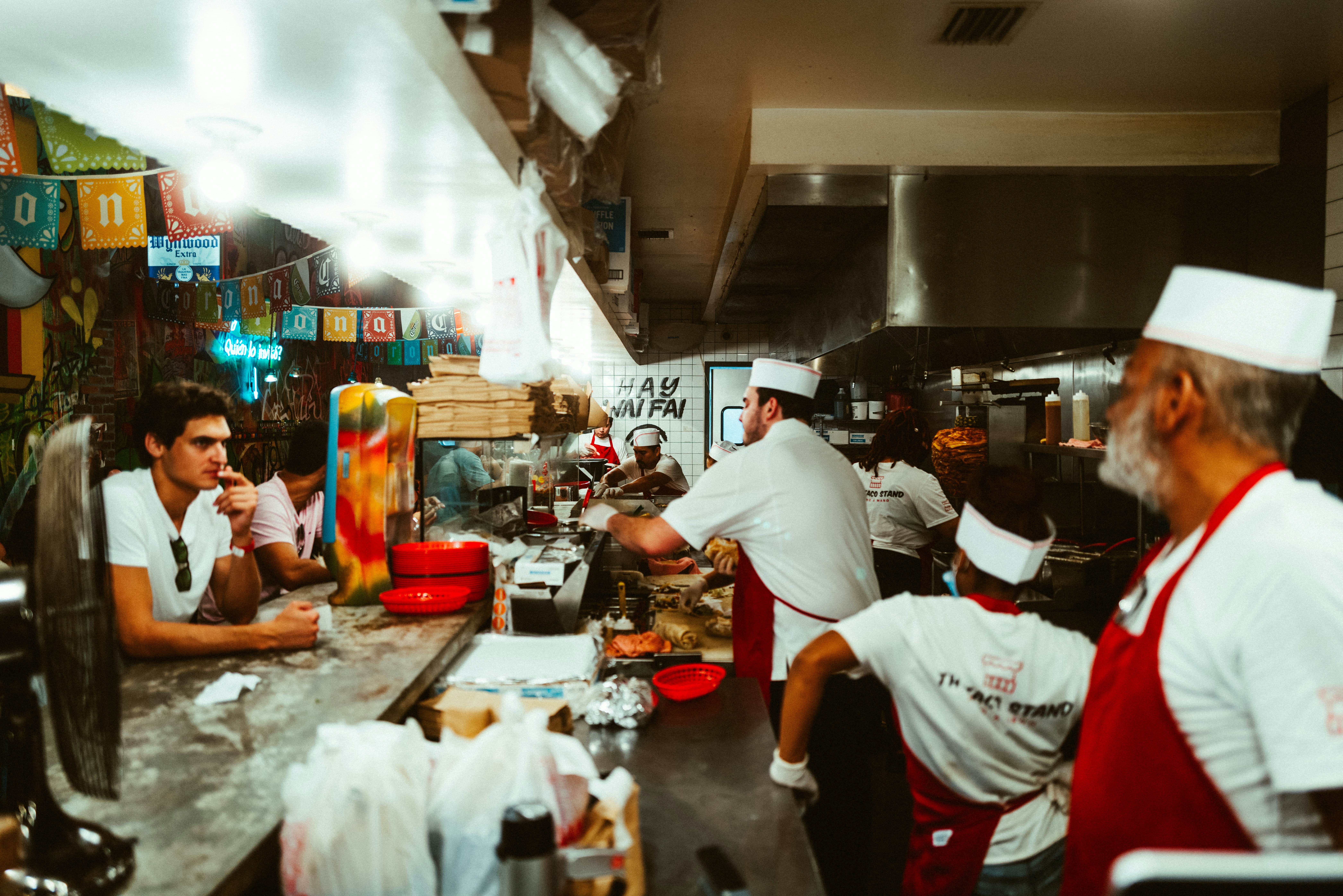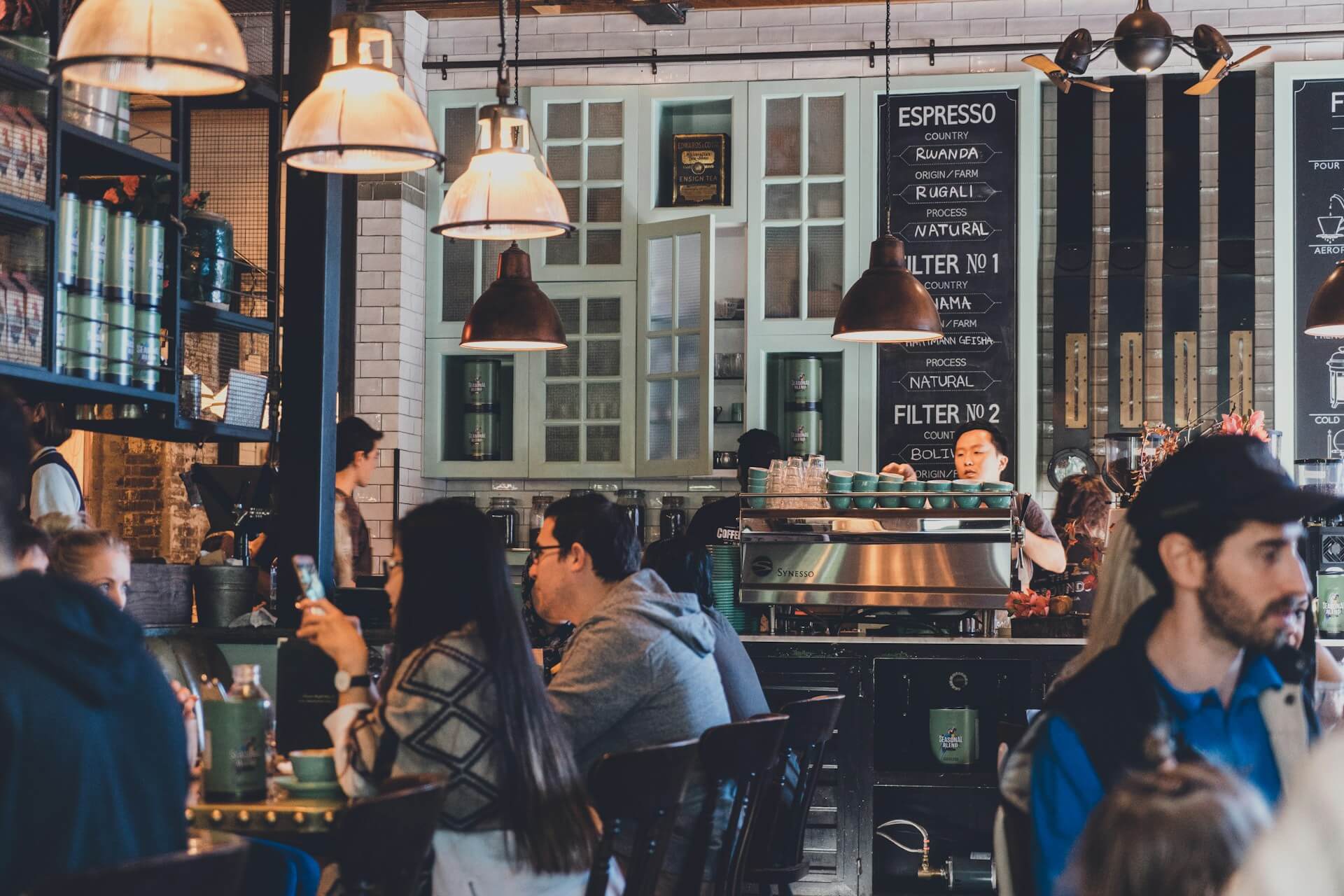Running and growing an independent restaurant can be rewarding but also make for a hefty challenge – what with juggling and managing everything from the kitchen to the dining area.
This is where restaurant operations management comes into play – a cornerstone of maintaining high standards of service while keeping the restaurant profitable. In this guide we’ll cover:
- Restaurant operations management meaning
- What is the goal of restaurant operations management?
- Restaurant operations example
- Businesses types that can benefit from restaurant operations management
- How to improve restaurant operations management
- Trends to watch in restaurant operations
- Cross-site operational management for enterprise growth
- How Dojo can help
Operational mastery: What is restaurant operations management?
Restaurant operations management is the art and science of overseeing every aspect of day-to-day operations for smooth, efficient, and profitable business practices.
It’s the backbone of any successful hospitality business, covering anything from staff and inventory management and customer satisfaction to health and safety standards, and more.
Success defined: What is the goal of restaurant operations management?
The goal of setting up an operational plan for restaurants is to keep everything running seamlessly and provide a great experience for customers. This includes:
- Efficiency: The restaurant works seamlessly, from the kitchen to the dining area. Often, a dedicated restaurant operations manager oversees this process, coordinating various aspects of day-to-day activities.
- Staff management: Keeping the team organised, motivated, and working effectively.
- Customer satisfaction: Delivering excellent food and service to keep customers happy and coming back.
- Cleanliness and safety: Maintaining high standards of cleanliness and food safety.
- Profitability: Ensuring the restaurant is financially successful.
- Consistent quality: Providing a great dining experience every time is one of the main goals of basic restaurant operations.
Blueprint in action: An example of an operational plan for a restaurant
Imagine an Italian restaurant on a busy Friday night and how the day-to-day operations of a restaurant can be optimised.
The operations manager arrives early to check inventory, confirm staff schedules, and prepare the dining area. As customers arrive, they coordinate between the kitchen and waitstaff to ensure timely, accurate orders and address any issues quickly.
At the end of the night, they review sales data, adjust inventory, and debrief the staff for the next day. This efficient coordination ensures operational efficiency in restaurants and a great customer experience.
Businesses types that can benefit from restaurant operations management
Basic restaurant operations aren't just for large, upscale restaurants. It can benefit a wide range of businesses, regardless of their type or size. Here’s a look at who can gain from operations management in a restaurant:
- Small coffee shops: Even the smallest cafes need efficient operations to serve customers quickly while offering a pleasant atmosphere.
- Family-owned restaurants: These businesses can improve their service and profitability with good management practices and boost quality.
- Fast food chains: It’s in the name – speed and consistency are key for fast food restaurant operations management which help streamline many aspects of the business to meet tight turnaround times.
- Fine dining establishments: High standards of service and quality take good management, helped by quality checks and implementing regulations.
- Catering companies: Managing logistics, staff, and client expectations correctly is important.
- Food trucks: Efficient operations are essential for mobile businesses to serve customers on the go.
- Hotel restaurants: Seamless integration and communication with hotel operations such as reception, waiting and kitchen staff while maintaining high standards is a must.
Restaurant operations checklist: Improving ops
Implementing best practices in restaurant operations can make a big difference in how smoothly a business runs. Find our restaurant operations checklist below:
- Managing food inventory: Keep track of what’s in stock, what’s running low, and what’s not selling. This helps reduce waste and ensures consistent supply.
- Managing food costs: Regularly check food costs to keep them in line with the budget. Look for ways to reduce costs without compromising on quality.
- Optimising team efficiency: Make sure everyone knows their role and works well together. Streamline processes and improve communication for extra efficiency.
- Making use of data insights: Use data to understand the business better. Track sales, peak times, and customer preferences to make informed, strategic decisions.
- Investing in training: Regular training maintains and improves service quality. Keep everyone up-to-date with the latest skills and knowledge.
- Reviewing hiring practices: Make sure the right people are hired. Review hiring practices regularly and adjust them as needed to attract the best talent.
- Creating an operations plan: Have a solid plan that everyone understands and can follow. This keeps everyone on the same page and ensures consistency, simultaneously improving restaurant operations.
- Outsourcing restaurant operations: Consider outsourcing restaurant operations like payroll, marketing, or even cleaning services to specialised firms. This can free up time for the team to focus on core tasks.
Future focus: Trends to watch in restaurant operations
Experiential dining
Creating memorable experiences is becoming a great way to stand out and is worth considering when implementing operations management in a restaurant. Whether it’s themed nights, interactive dining, or live entertainment – adding an element of experience can set a restaurant apart and drive repeat business.
Payment trends
Cashless payments are on the rise, with more customers opting for digital wallets and contactless payments. Introducing these payment options and accepting card payments can speed up transactions, reduce handling costs, and improve the overall customer experience. This has become increasingly important in the day-to-day operations of a restaurant.
Online ordering and deliveries
The demand for online ordering and deliveries has soared, making it important to have a robust tech system in place as part of a larger operational plan for restaurants. Investing in an efficient online ordering platform and optimising delivery logistics can boost customer satisfaction as well as operational efficiency. Ghost kitchens, which are designed solely for preparing delivery orders, are also a growing trend that can help manage this demand more effectively.
Moving online
From online reservations to mobile ordering and payment systems, technology is innovating restaurant operations. Investing in the right tech can streamline processes, reduce wait times, and improve the customer experience.
Data-driven decisions
Using data analytics to monitor performance, track customer preferences, and manage inventory can lead to smarter, more strategic decisions. This data helps spot trends that managers can use to tweak menus and fine-tune marketing strategies.
Not to mention, understanding the psychology of restaurants adds another layer, giving insights into what really makes customers tick.
Scaling success: Cross-site operational management for enterprise growth
As a restaurant business grows and expands to multiple locations, maintaining consistent operations across all sites can get challenging. Thankfully, there are best practices in restaurant operations for scaling businesses you can look to.
Effective cross-site operational management for enterprises ensures that each new location maintains the standards of the original location. Here are a few ways to get there:
- Unified management systems: Use a centralised management system that allows operations managers to oversee activities across all locations. This includes inventory management, staff scheduling, and customer service protocols.
- Consistent training programs: Develop standardised training programs to ensure all staff, regardless of location, are equipped with the same skills and knowledge.
- Data-driven decision-making: Lean on data analytics to monitor performance across all sites. This can highlight areas needing improvement and identify successful strategies that can be reused.
- Scalable technology solutions: Invest in technology that scales with the business. From electronic point of sale systems (EPOS) to online ordering platforms, ensure the tech solutions support seamless integration and can scale easily.
- Regular audits and feedback: Conduct regular audits of each location to ensure compliance with company standards. Feedback from staff and customers is key in improving restaurant operations.
Power your operations with Dojo
Put your restaurant operations checklist into action and see real growth in your business. But there’s more.
We can help you take your restaurant management to the next level with our card machines, making transactions quick and easy while boosting the customer experience.
Our technology works with most major EPOS providers, creating a smooth, efficient service that helps turn tables faster and keeps everyone happy. For both your staff and your customers, hassle-free payments are a game-changer – and a great step towards making your restaurant run more smoothly.
For more advice on how to grow your business, or to read our latest report on the world's most exclusive restaurants, check out our blog.



